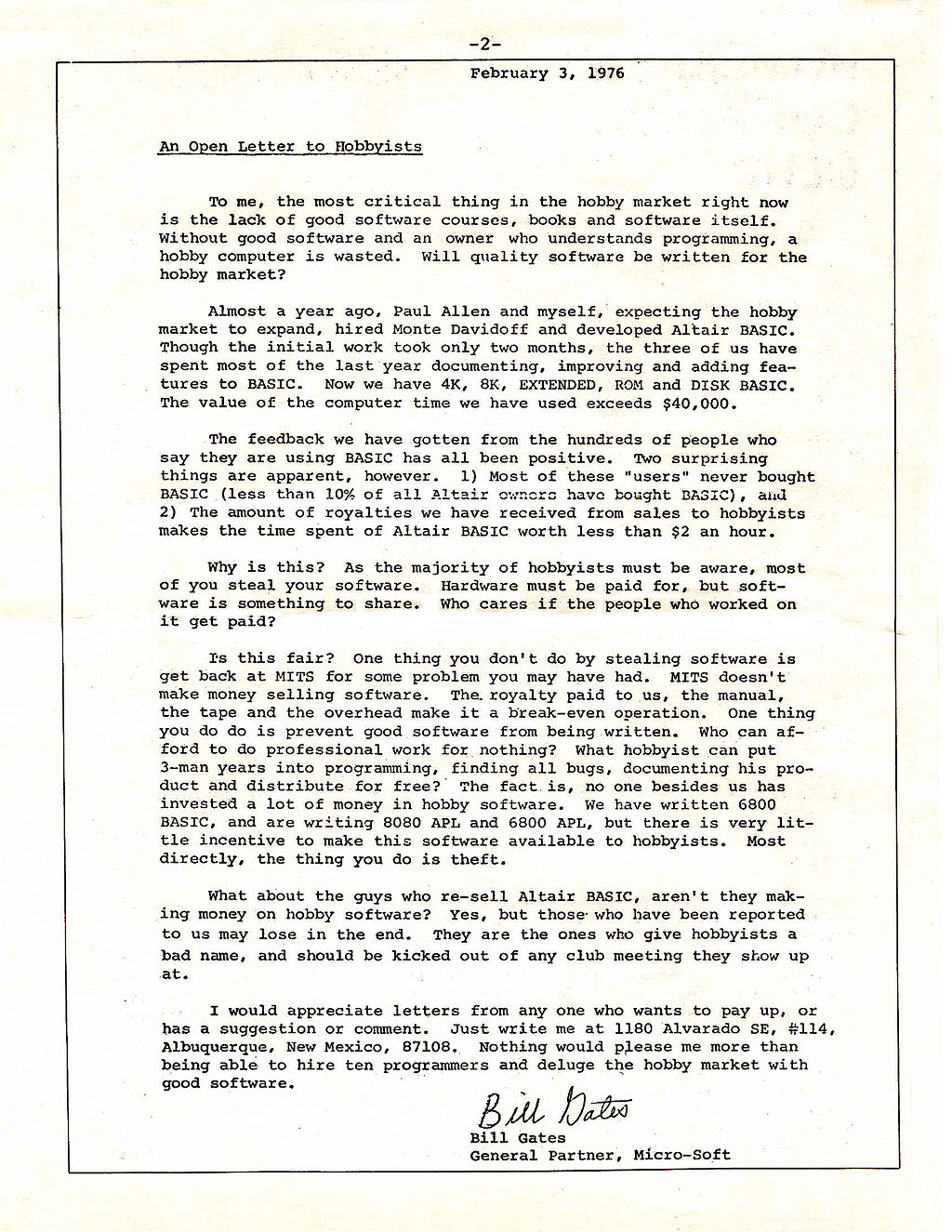In Om Malik’s recent post “Unicorns, Red Queen & Startup Reality” he talks about the kerfuffle regarding Facebook copying TikTok,
I was chatting with a friend about the increased frequency with which large technology companies copied their rivals. Microsoft was quick to imitate Slack with Teams. Instagram ripped off Snap Stories and even brazenly acknowledged it in its initial announcement. And today, Facebook-owned IG announced Reels, a competitor to the red hot creator platform, TikTok.
Of course, this is just one of the many times Facebook has copied its competitors. But more important is the broader waste of time spent bemoaning this mimicry when we really should be teaching it.
As Om notes, chefs in restaurants are constantly copying the latest craze, or even seasonal vegetables. I like the analogy to fashion crazes as it captures the fleeting nature of the opportunity and the relatively ephemeral nature of the appropriation. And cooking rarely involves patented techniques or products.
For the record, this is innovation. This is not another of the back-alley games played by amoral uber-geeks wielding their monopolistic power that we should be worried about.
Instagram copied FourSquare, then pivoted to copying hipstamatic, the camera filters app, finding their fortune in connecting those filter features to an easy means of posting to multiple social media platforms. Apple copied many of the Mac’s features from PARC’s Alto, and Microsoft copied those for Windows. Google borrowed the pay per click revenue model from GoTo.com. Don’t even get me started on music or movies (see Everything is a Remix).
If there’s a hack for innovation, it probably looks like “copy, save-as, open, edit.”
There are countless examples of copying in the early moments of what become long-standing products. It is how dominant designs and common standards emerge. Think of the automobile’s many features—four-wheel carriages, pneumatic tires, glass windshields, foot brakes, power-steering, electric starter motors, etc…
More noteworthy is the competitor who doesn’t copy the best parts of its rivals (i.e., the features those customers like best). Maybe that’s why we see so few of them surviving.

